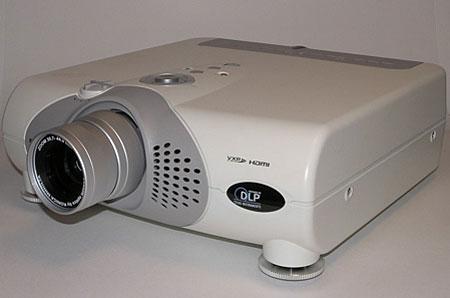LATEST ADDITIONS
|
Jul 25, 2006 |
First Published: Jul 26, 2006
|
Jul 25, 2006 |
First Published: Jul 26, 2006
|
Jul 25, 2006 |
First Published: Jul 26, 2006
|
Jul 24, 2006














